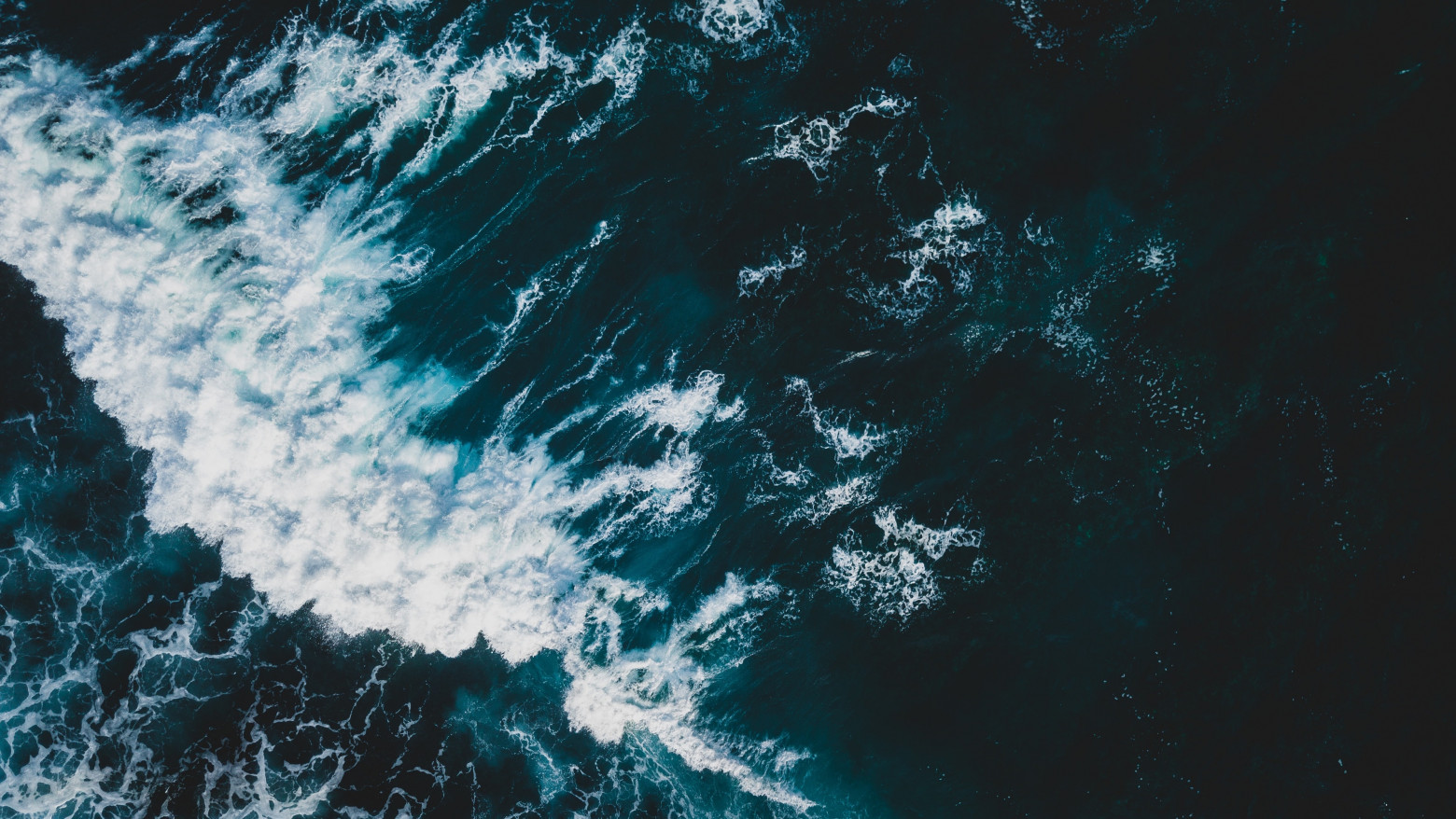
(Ivan Bandura/Unsplash)

(Ivan Bandura/Unsplash)
For Jen Rose Smith and her fellow dAXunhyuu (Eyak people), seaweed has always been a treasured tool and a tasty treat. The Eyak peoples have developed an array of uses for kelp, from using specially prepared kelp as an anti-crack finish for canoes, to pressing it into blocks for later consumption. While this knowledge has persisted in the community, centuries of imperialism and colonialism have intentionally disrupted traditional Indigenous activities and responsible stewardship of our oceans.
As a result of extractive and polluting capitalist ventures, humanity is now engaged in a fight for our ocean’s survival along with the livelihoods of those who depend on it for sustenance, income, and cultural meaning. With industrial overfishing and marine environmental destruction threatening fish and crustacean health, we desperately need to overhaul our maritime relationships and seafood systems. A wealth of environmentally preservative marine stewardship traditions by Indigenous communities provide examples of how to do things right. Indigenous scholar Kii’iljuus Barbara Wilson of the Cumshewa Eagle Clan notes, “It’s time to…learn about all the things my ancestors did to ensure that there was enough fish and octopus — looking after and respecting the environment.” Our planet is in dire need of sustainable food sources that both support our deteriorating natural ecosystems and nourish increasing human populations, requirements met by multiple Indigenous seafood systems.
There is an extensive history of First Nations people across the world practicing mariculture, or the cultivation of marine life for food in enclosed areas of open waters. Indigenous communities along the northwest coast of North America have long harvested herring eggs from kelp, cedar, and spruce fronds they strategically placed in shallow ocean waters. These introduced organic materials enhance spawning grounds, therefore improving the likelihood that herring will return. In New Zealand, the Māori people have engaged in mara mataitai –– various approaches to mariculture –– to ensure collective food security since 925. For instance, Māori communities used bull kelp to fertilize beds of toheroa, a large bivalve mollusk, to enhance its productivity. Māori mariculture is informed by Utu, a concept dictating reciprocity with the species and ecosystems from which humans derive our resources. If this principle is replicated by ocean stewards worldwide, we can bolster and protect the ocean habitats on which we greatly rely.
One of the most productive Indigenous mariculture innovations that could radically transform our seafood systems if adopted at a larger scale is the clam garden. Various populations have been constructing clam gardens for at least 4,000 years by building a rock wall at the low tide line that traps sediment, thereby reducing the slope of the beach and increasing clam habitat area. Clam gardens specifically support enhanced production by creating a larger area of optimal intertidal height qualified with prime growth conditions. In British Columbia, butter clams within gardens had 1.96 times the biomass and 2.44 times the density as their counterparts in unmodified beaches. To create more productive food systems, the seafood industry must take Indigenous practices of food cultivation seriously and learn from the skills willing to be shared. There is no use in waiting for Western science to confirm what First Nations people have known about the success of their seafood systems for centuries.
These examples of Indigenous mariculture innovations provide a small survey of the Indigenous stewardship methods that bolster seafood supplies while fostering a restorative relationship with our seas, all without utilizing industrial resources or exploiting the environment. In bitter irony, “Indigenous people are now the ‘outliers’ on their own ancestral lands,” despite their superior, sustainable stewardship. First Nations people engaged with mariculture practices deserve reparations and support from industrial actors and government programming alike. Governments can start by reversing restrictive policies such as Canada’s Fisheries Act that asserts federal authority over all fisheries in Canada, undermining the rights of Indigenous communities to exercise their expertise over the waters they’ve long depended on.
In a present-day model program, researchers, tribal nations, students, and various Indigenous stewards are currently coming together through The Cross-Pacific Regional Collaborative Hub funded by NOAA’s Sea Grant program in Washington state. This project is initiating research, outreach, and education in collaboration with Indigenous communities across Hawaii, Alaska, and Washington to advance Indigenous aquaculture practices in the Pacific region. The group hosts summits, advances existing restoration sites, and plans for future investments in Indigenous aquaculture. Returns to Indigenous ocean stewardship, accompanied by reparatory and collaborative action, can build more gentle yet robust seafood systems while rebuilding the industry’s broken connection to the sea.
This story was featured in our series, Slipping through our fingers: The future of water.